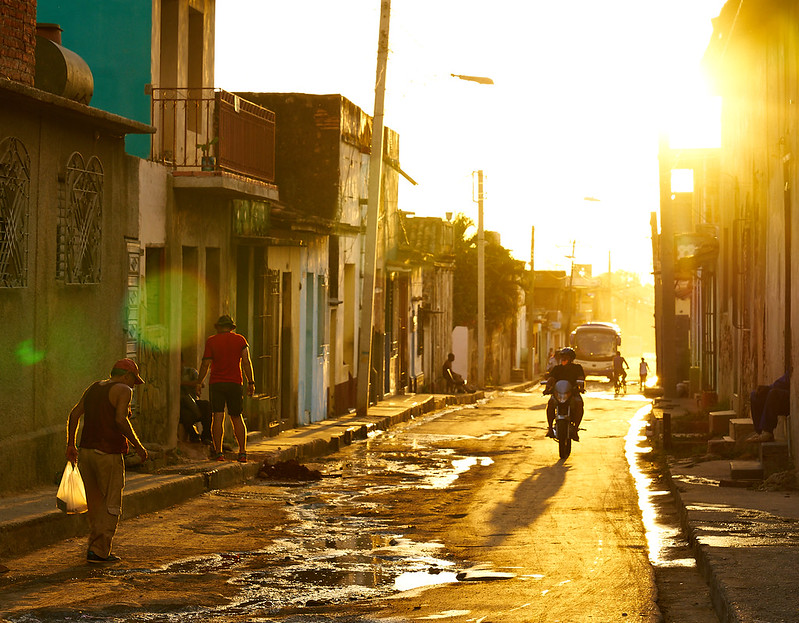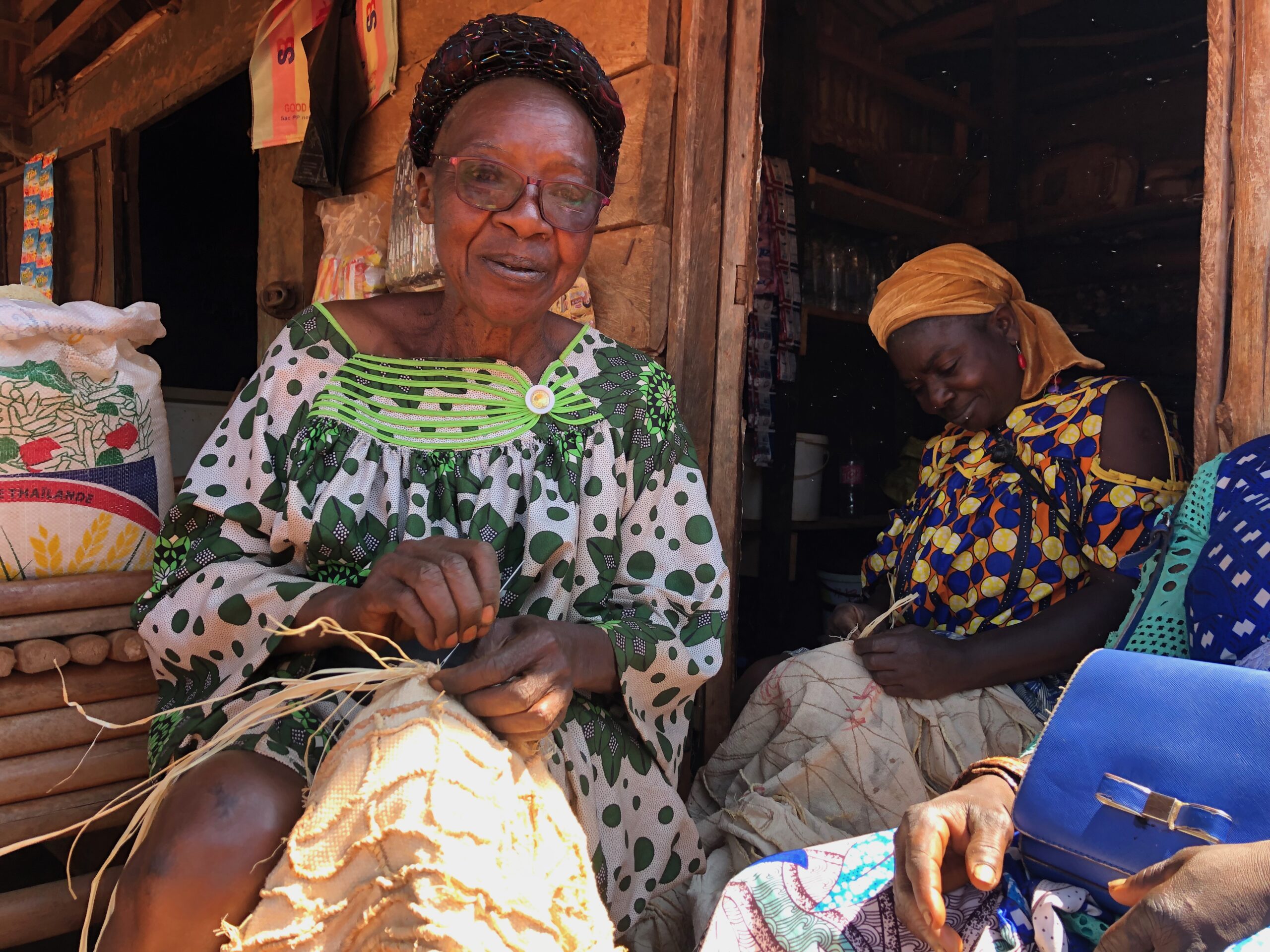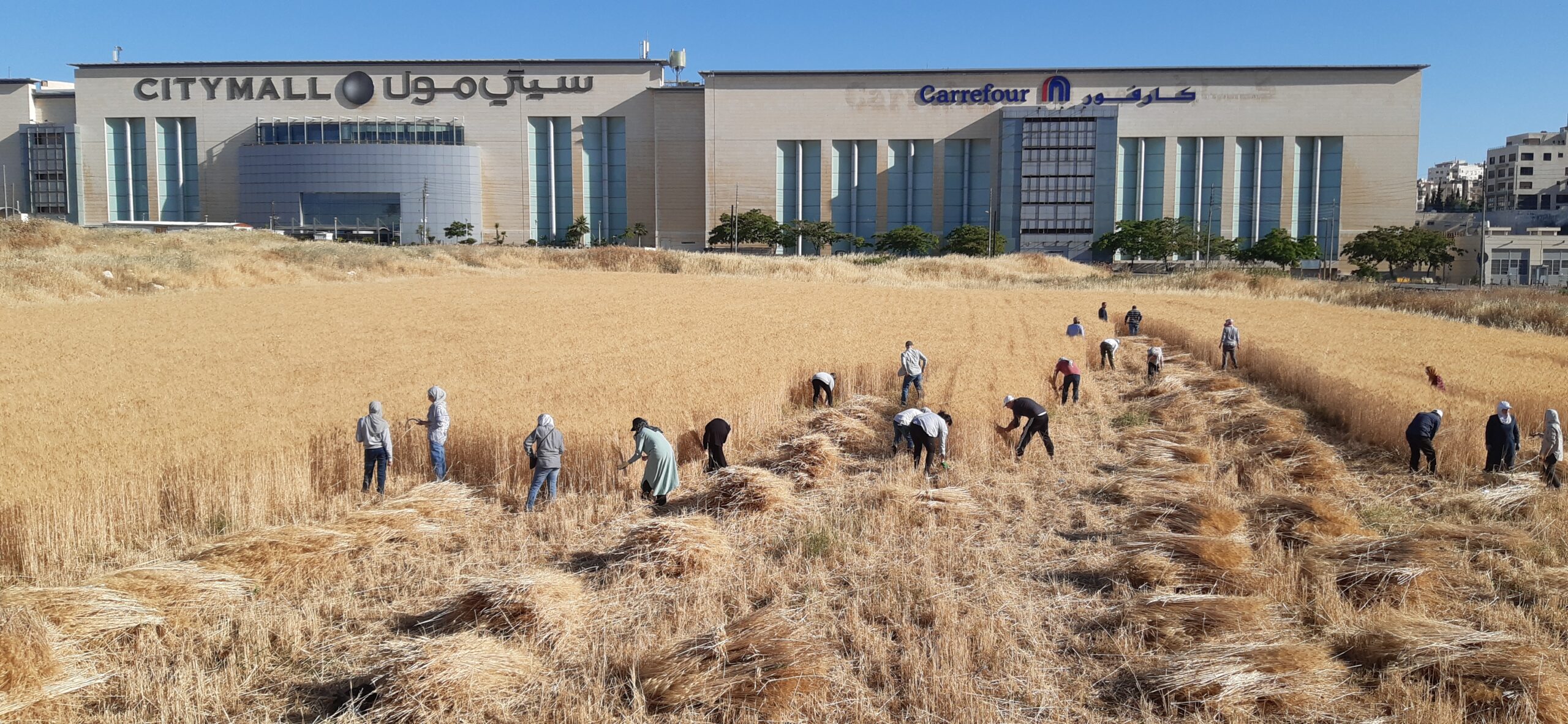Kamala Harris is a dougla.
Without italics, you might be tempted to think that’s a typo or just bad copyediting; that I mean to say she “is married to a douglas.” But, on the off chance you are of West Indian heritage, you know exactly what I mean. You know dougla is a real word and you know it means the new Vice President of the United States of America is half-Indian and half-black.
But is she half-black? Look at her father. Anyone of West Indian heritage will mark him as being mixed with something else, probably white. His complexion shows it; he is what we Trinidadians would call “red” and what Jamaicans would call “brown”. But in America, a single drop of black blood has always been sufficient to render you “black”; a drop of white blood cannot save you – except, maybe, the blood of White Anglo-Saxon Protestant Jesus.
Scholars have suggested that it is this “one-drop rule,” codified into the laws of some states, which is responsible for Americans’ simple, broad brushed approach to racial classifications: nigger, chink, spic, kike, towelhead. The law may have required a binary identification– black or white – but, in my view, modern bulk-labelling is simply a function of The White Gaze. These categories are crafted by white people too distracted to look closer than surface features, white people who seek quick ways of branding The Other, and because everyone else is Other, there’s no need to make finer points of distinction.
Like Kamala Harris, I am a dougla: “Indian” mother and “black” father – although, Daddy is 6% Scottish-Irish according to the DNA tests. Such mixing is not uncommon here in the West Indies. Quite apart from the cash crops of sugar, cocoa, bananas and the like, we have always cultivated distinct categories and nomenclature to describe mixed race people. For this, I credit The Off-White Gaze: the need to see people based on proximity to Massa’s whiteness and distance from slavery’s blackness – but more on that later.
I have sat here in the West Indies, following Kamala Harris’ campaign and asking her, telepathically, from one woman to another, “What’s it like to be dougla in America?” I want to know what it’s like to grow up dougla in the unforgiving glare of The White Gaze. I want to know if a dynamic tension binds her two halves, as one has always bound mine while growing up dougla under The Off-White Gaze.
Color coding was the indispensable scaffolding of plantation society in the Americas. Colonization might have started out with clear demarcations between the European settlers, the First Peoples, and thereafter, the African slaves. However, in time, due to endemic rape of slave women by white masters (I say “rape” because an entity without a separate legal personality cannot give consent, any more than your property – say, your shoe – can give consent to being penetrated by your foot), color complexity on plantations deepened.
In Seven Slaves & Slavery: Trinidad, 1777-1838[1], historian Anthony de Verteuil, discusses the prevailing color codes at the time:
Negro – child of negro and negro 0% white
Sambo – child of mulatto and negro 25% white
Mulatto – child of white and negro 50% white
Quadroon – child of white and mulatto 75% white
Mustee – child of white and quadroon 87% white
Quintroon – child of white and mustifino 97% white
Octoroon – child of white and quintroon 98 % white
Note, however, that you could never become white, no matter how light-skinned you were, not even if you had 98% white blood. One drop, remember?
Driven largely by geography and demographics, color codes evolved differently across the Americas. The US retained, enshrined and institutionalized its binary approach with laws against miscegenation and for segregation. While in “the colonies”, a process of subdivision occurred resulting in intermediate racial groups between black and white. Take for example Jamaica, where by 1830 there were laws according to “brown” or “colored” persons equal status with white persons in some aspects of public life.
You see, West Indian Massa was not the same as his northern cousin, American Massa. West Indian Massa was never part of a majority racial group or a “settler society[2]”, i.e. wave European migration of whole families coming to settle and populate a brave new world. The West Indies was viewed by Europeans as a place to earn a quick buck, to support their lives back home on the continent. The French Revolution did precipitate some whole-family migration, but it came relatively late, considering slavery ended in 1834. So, West Indian Massa was typically a single white male sent out to oversee an estate on behalf of an absentee planter. If he survived the hurricanes, earthquakes and tropical diseases which routinely culled unacclimated whites, he still had to live with the dearth of white women. He was likely to seek regular comfort among slave “concubines” or “housekeepers,” to make them his surrogate wives. Naturally, as paterfamilias, he would prefer his lighter-skinned progeny to his darker-skinned property. His “outside-children” might be gifted their freedom, or they might be allowed an education, or given the more dignified jobs on the estate.
In this way, skin color and the possession of Caucasian features became indicative of social status and intelligence – it marked you as being a cut above field work. Recognizing their position of ascendancy, brown people were zealous to protect their status. They denigrated blackness, sought every opportunity to distance themselves from it, and became a formidable ally to West Indian Massa in keeping the black population underfoot.
Post-slavery, you will find The Off-White Gaze operating throughout Latin America, where a practice called blanqueamiento or “whitening” was enacted in the national policies of many countries[3]. European and non-African immigration was used as a means to “whiten” the population, thereby buttressing the white oligarchy and creating bulwarks against the majority black, ex-slave population. These countries developed (and continue to have) many categories of color and skin tone, ranging from as few as 12 in the Dominican Republic and 16 in Mexico to 134 in Brazil.
The British Colonial Office pursued a similar objective with post-slavery immigration to the West Indies: “Divide and rule,” they said as they imported Portuguese, Chinese and Indian indentured labor. These political objectives led to the biological consequences of interracial sex, and over time, to psychosocial consequences where a key goal of the mating process in the West Indies was to marry a lighter-skinned individual to produce lighter-skinned offspring with better hair.
Now, superimpose on all of this, the colorist baggage of the Indian subcontinent. The Indian indentured immigrants came with their caste system and their ancient histories of Aryan, Mughal and Persian light-skinned conquerors swooping down from the North to defeat darker-skinned southern tribes. To make a long story short, just watch Indian Matchmaking on Netflix and you’ll be caught up on India’s pernicious obsession with fair skin. An ancient obsession which made it to the Americas and is still alive today.
By the 20th century, West Indian society was a spectrum of complexions and phenotypes. Some common enough to be given a specific name, e.g. dougla. Each hybrid group, while experiencing tension with the other groups, sought to police its ranking on the spectrum – or at least have it acknowledged – while striving for future generations’ assimilation into whiteness. In fact, the word dougla originated from doogala, which is a Caribbean Hindustani word translated as “many,” “much” or “a mix”. According to one scholar[4], the term may have originated in North India as a pejorative to describe inter-caste mixing and, in that context, its connotations include “bastard,” “illegitimate” and “son of a whore.” In the West Indies, the word is used primarily to denote a person of Afro-Indo mixed race – a person like Kamala Harris, a person like me – but it is not devoid of connotations, depending on context.
In a traditional Indian setting, dougla might be used as a pejorative to indicate a person has been tainted, has slid down the spectrum away from Caucasian-like features and toward blackness. Conversely, in a different setting, “she looks dougla,” may be a compliment suggesting the person has ascended the spectrum, watering down the gene pool of undesirable African features. To me, though, being dougla is not about the physical attributes. It means I enjoy a wider vantage point. It means I can choose to take what I want from each culture and leave what I want. It means I can defy expectations and cross boundaries. It means I am free to construct my own Me. And I resent when people try to take that freedom away from me.
Kamala Harris and I, we are dougla. We are products of both the West Indian plantation system and the Indian caste/colorism system. For this reason, I have imagined us to be members of a sorority and co-bearers of shared secrets. I’ve assumed to know things about Kamala Harris that the general public does not know, could not know, unless they’ve walked in our Bata slippers. Things like what courage it must have taken for her Tamil Brahmin (“Tambram” as colloquially known in India) mother to tell the family back home she was getting married outside her race, outside her caste, to a “black” West Indian man. And after that marriage fell apart, what backbone it must have taken to face those eager to reproach, “I told you so.”
I’ve assumed to know what trips to India would’ve been like for young Kamala and her divorced mother. How her mother’s family would’ve been smitten by their cute granddaughter and would’ve tried so hard to protect her from the indiscreet comments of other Indian families – but I’m sure she heard her fair share: “At least she’s light skinned…If only she had softer hair.” And when, in the course of her political campaign, the Indian-American community began to openly and proudly claim her, I wondered if this felt like a welcome too long withheld, if it brought her a greater sense of peace or a deeper wariness.
I’ve watched Kamala Harris and tried to gauge the weight of academic expectation she would’ve carried as the first-born girl-child. Her father, if he was a typical West Indian parent (like my parents), would’ve been perpetually unimpressed by anything other than perfection. Her mother, if she was a typical Tambram parent, would’ve bought into what one journalist[5] describes as “a cult of learning,” not dissimilar to the cult of learning which operates among the Indian community here in Trinidad. Focused on grades, rankings, exams, marks and scores, a competitive drive would’ve been instilled in school-aged Kamala. Was she ever “good enough” for her parents?
I’ve watched her, confident in my assumption that at some point, some random person in some bathroom, of some mall, somewhere in America would’ve asked her, as they’ve asked me, “What are you? Are you Indian? Are you Black?” And I figured that, like me, she would’ve answered no to both and then been blindsided by, “Then what the hell are you?”
So I’ve watched, knowing it came as no surprise to her when the American media began asking the same foolish questions, clinging to the same myth that race is a binary condition. This or That. She never flinched, she always fielded these attacks well, but I knew that deep inside, under her power pantsuits, behind all her degrees, young Kamala still existed and still rankled at the question, “What are you?” For a first-born girl-child who must always get things right, this question is panic-inducing, because there is no right answer when the answers people want are reductive of how you see yourself.
I watched all this and hurt for Kamala Harris having to be reduced, yet again, in Prime Time, on all major networks. Sooner or later, whether in America or the West Indies, people always ask us douglas to pick a side. I watched and sang, under my breath, the lyrics of “Split Me In Two” by Trinidad calypsonian, The Mighty Dougla:
So if they sending Indians to India and the Negroes back to Africa,
Can somebody please just tell me, Where they sending poor me?
I am neither one nor the other, six of one, half a dozen of the other.
If they serious ’bout sending back people for true, they bound to split me in two.
To split is to divide is to reduce is to lessen. Are we too much?
Is there even a “we” to talk about? Has my hurting for Kamala Harris really been a way to grieve for me?
Of course it is, I’ve chastised myself. There must be a million-acre gap between Kamala Harris’ life as a dougla and mine. Still, I couldn’t help but wonder about the little things, like if she was ever ashamed to open her lunch kit at school. Being raised by an Indian mother means Indian food would’ve been cooked in her home quite frequently. At my school, kids laughed if you brought bread and channa, or sada roti and talkari for lunch. Did that happen to Kamala?
And then there’s the name thing. At my schools, girls with traditional Indian names – sorry, Dhanmatee, Anuradha, and I-forget-your-name Danuckdharrysingh – were ridiculed for that, too. We either made no effort to pronounce their names correctly or deliberately elongated the syllables, to make a point of how very rural and uncool they were. Coincidentally, Trinidad and Tobago’s first female Attorney General and first female Prime Minister is an Indian woman named “Kamla” – sans the middle ‘a’ – and her detractors have often employed that same high-school tactic, dragging her name out into “Kam-ah-la”, in order to reduce her.
I am particularly curious about Kamala Harris’ experience attending a Historically Black College. Was she “black enough” to hang with the woke black chicks? Were they suspicious of her light skin and “good hair”? Did those physical attributes make her more sought after by the black frat boys? Were there many people of South East Asian descent at her Historically Black College? Was she “Indian enough” to hang with them? And once she decided to embark upon a public service career, did the political pundits describe her in the way 2008 Senate Majority Leader, Harry Reid, referenced then-presidential candidate Barack Obama as “light-skinned…with no negro dialect, unless he wanted to have one.” Did they predict that, for these reasons, she would go far?
Kamala Harris is a dougla, and she has gone as far as the White House. This essay assumes she’s coming to her role from a place of some pain. But that might just be me, the fiction writer, projecting onto her all-white pantsuit. Either way, standing where she stands, at the intersection of many intersections, at the swollen ganglion of centuries-old wires and cables and threads, she is a receptacle for the pains and hopes of many Others. Her mere existence begs questions of the establishment, and of the way things have always been valued in the Americas – notice, I did not say, “America”; this is bigger than any one, broken, post-plantation country. To my mind, a good question is whether the labels and hyphenations of identity politics help or hurt us in multicultural societies? The awkward and unwieldy media headlines seem to trip themselves up as a metaphor for those who have eyes to see: First Black-American, First Asian-American, First Indian-American, First Caribbean-American, First Female…phew!…Vice President. Splitting hairs and picking sides is not always worth the effort, it would seem. Ask the Tambrams who were driven, by the anti-Brahmin policies of the larger castes, to flee India for opportunities elsewhere.
Instead of dreaming up more labels and double-barreled categories, maybe we need to build a better value system. Maybe we need to change what we value in people, how we weigh and measure them, and what we measure them against. Whether you call it The White Gaze or The Off-White Gaze, the practice of assessing human beings by their standard deviation from whiteness has run its course in the Americas. Labels are not bad, per se, if they remain one-dimensional descriptors, but they never do, do they? They morph into three-dimensional containers for prejudice. I wouldn’t have to care whether you call me dougla or black or Indian or even Scottish-Irish, if each of those buckets was valued the same and entitled to the same level of respect and opportunity. I don’t want to have to care. That’s probably naïve; I remember what happened the last time a mixed-race person was in The White House and I know it made many white people hate us more, but I’m prepared to risk the audacity of hope. With every vestige of naïveté in me, I pray that Kamala Harris’ ascension to power will mean I can start caring less. I hope she will usher in a new inclusive era, a new ethos, informed by a post-racial gaze which is prismatic and admits more than one world view at a time:
Some fellas having a race discussion,
I jump in to give my opinion.
A young fella watch me in meh face,
He say, “You shut your mouth, you ain’t got no race!”
What he said to me was a real insult,
But is not I to blame, is meh father fault.
When he say I have no race, he did talking true,
Instead of having one race, you know I got two.
References:
[1]Ed. De Verteuil, Anthony. Port of Spain, Trinidad and Tobago: Scrip-J Printers, 1992.
[2]Placide, Sharon E., “Navigating Racial Boundaries: The One-Drop Rule and Mixed-Race Jamaicans in South Florida” (2010). FIU Electronic Theses and Dissertations. 259. https://digitalcommons.fiu.edu/etd
[3]Gates, Henry Louis. Black in Latin America. NYU Press, 2011.
[4]Bhimull, Visham. Where did the word “dougla” originate? Facebook, 8 November 2020, 9:16 pm, https://m.facebook.com/story.php?story_fbid=112708127313525&id=108755704375434
[5]Dhume, Sadanand. “What Kamal Harris Isn’t Saying About Her Mother’s Background.” The Wall Street Journal, 20 Aug. 2020, https://www.wsj.com/articles/what-kamala-harris-isnt-saying-about-her-mothers-background-11597944590. Accessed 20 Nov 2020.
Celeste Mohammed’s work has appeared in The New England Review, Litmag, Epiphany, and The Rumpus, among other places. One of the stories in Pleasantview was the recipient of a 2018 PEN/Robert J. Dau Short Story Prize for Emerging Writers. Celeste was also awarded the 2019 Virginia Woolf Award for Short Fiction, and the 2017 John D Gardner Memorial Prize for Fiction. A native of Trinidad and Tobago, Celeste graduated from Lesley University, Cambridge, Massachusetts, with an MFA in Creative Writing (Fiction). She currently resides in Trinidad.




